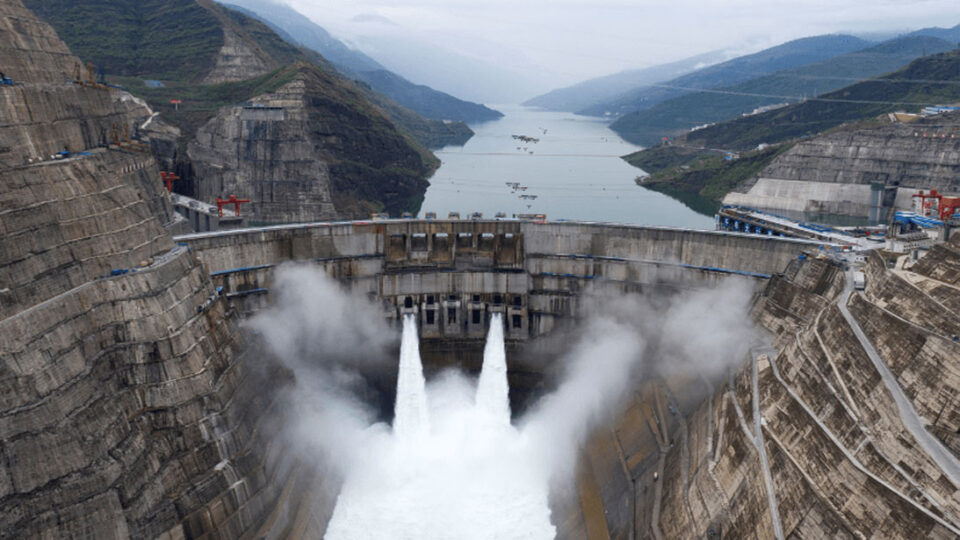China Begins Construction on World’s Largest Hydropower Project Amid Global Concerns
BEIJING, July 22 — China has officially broken ground on what is set to become the world’s largest hydropower project, a $170 billion mega-structure designed to generate more electricity than the entire United Kingdom consumes annually.
The project, which will surpass the scale of the iconic Three Gorges Dam, aims to boost clean energy, create jobs, and stimulate China’s slowing economy. Premier Li Qiang unveiled the ambitious plan over the weekend, sending Chinese infrastructure and engineering stocks soaring.
⚡ What’s the Plan?
The project will involve five massive dams built along a 50-kilometre stretch of the Yarlung Zangbo River in Tibet. This river eventually becomes the Brahmaputra in India and Bangladesh, a critical water source for millions.
While limited technical details have been released, officials say the project will start generating power by the early-to-mid 2030s.
🌍 Regional Concerns: India and Bangladesh on Alert
Despite China’s assurances, neighbouring countries are worried. The Brahmaputra River is vital for agriculture, drinking water, and hydropower across India’s Arunachal Pradesh and Assam, and Bangladesh.
-
Experts warn the dam could alter water flow, reduce sediment essential for farming, and impact floodplains.
-
Arunachal Pradesh officials previously claimed that the dam could dry up to 80% of the river flow into India.
-
There are also geopolitical tensions, as India and China have a history of conflict in this border region.
🇨🇳 China’s Response
China’s Foreign Ministry defended the project, stating it falls under “sovereign affairs” and is designed to deliver clean energy and flood protection.
“Necessary communication has been conducted with downstream countries,” the ministry added, referencing cooperation on flood control and hydrological data.
💧 Will India Lose Access to Water?
Not entirely, say experts. Much of the Brahmaputra’s water comes from monsoon rainfall south of the Himalayas, not China. Hydrologist Sayanangshu Modak notes that the new facility is a “run-of-the-river” project — meaning water will continue to flow naturally rather than being stored or diverted.
India itself has proposed two large dams on the Siang River (its name for the Yarlung Zangbo), including an 11.5 GW project in Arunachal Pradesh to assert water usage rights.
🌋 Safety and Environmental Risks
The site lies in a high-risk seismic zone, prone to earthquakes, landslides, and glacial-lake floods. A deadly earthquake in Tibet earlier this year reignited concerns about dam safety in the region.
Experts also note that even smaller hydropower projects in nearby regions have faced engineering delays due to harsh winters and rugged terrain.
⚠️ Water Disputes Are Not New
Water tensions are escalating globally:
-
India and Pakistan have clashed over the Indus Waters Treaty.
-
Egypt and Ethiopia have had long-standing disputes over the Grand Ethiopian Renaissance Dam (GERD).
-
Security analysts warn that dams could become geopolitical flashpoints in the future.
🌐 In Summary
China’s new hydropower project could be a renewable energy milestone, but it’s also a potential flashpoint in South Asia’s delicate water diplomacy. As construction begins, all eyes will be on how Beijing manages both the environmental challenges and diplomatic fallout.

